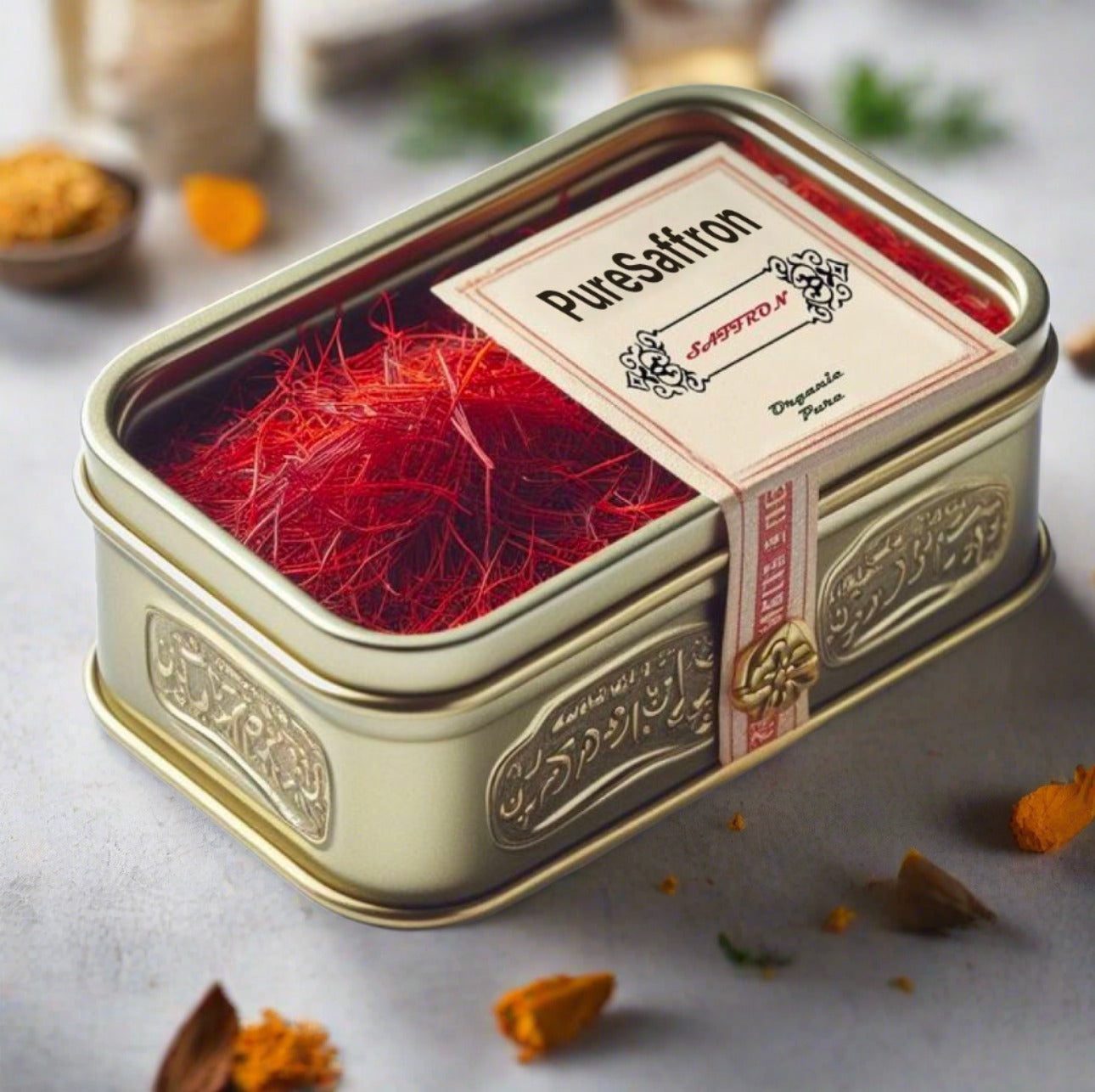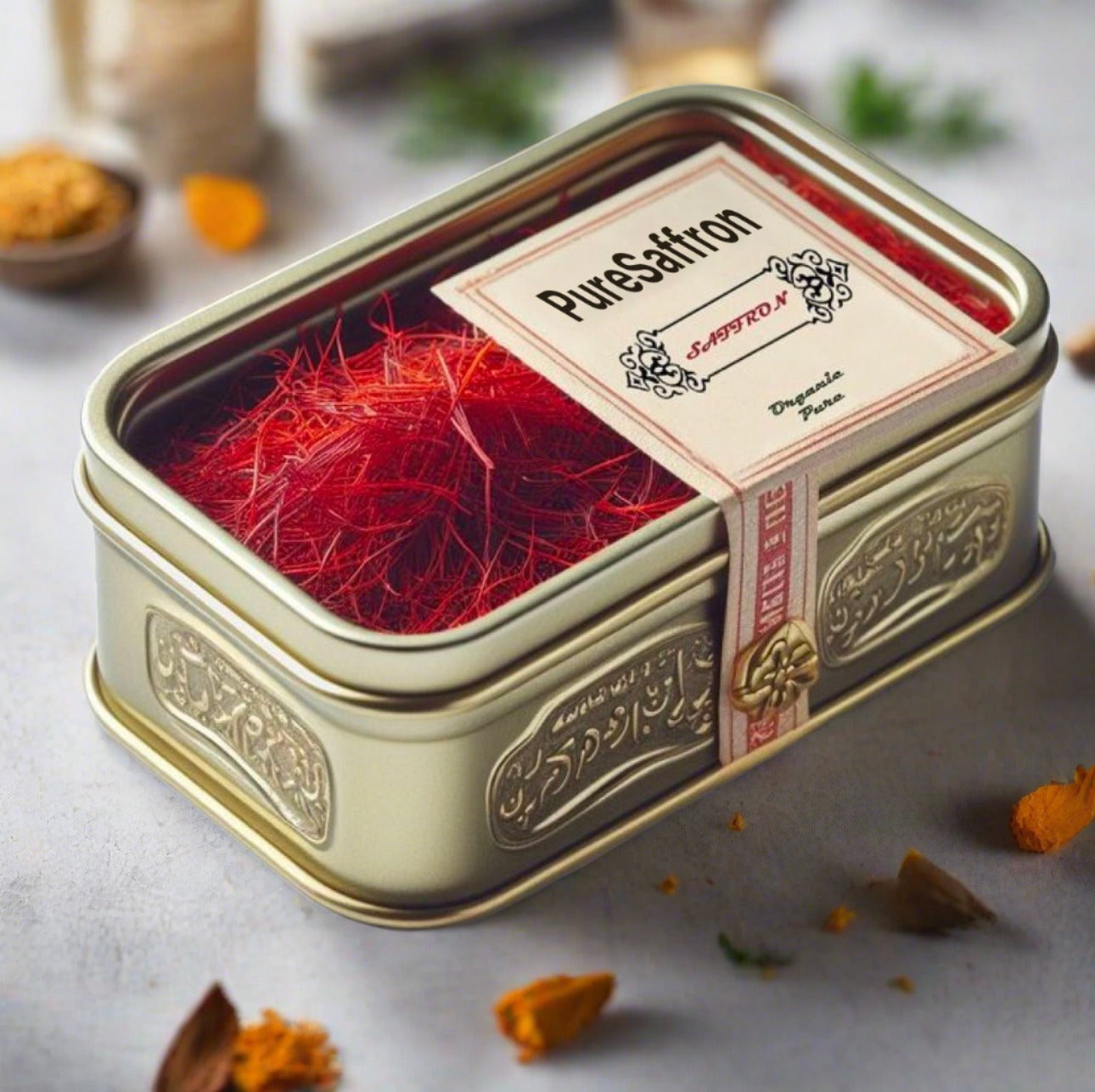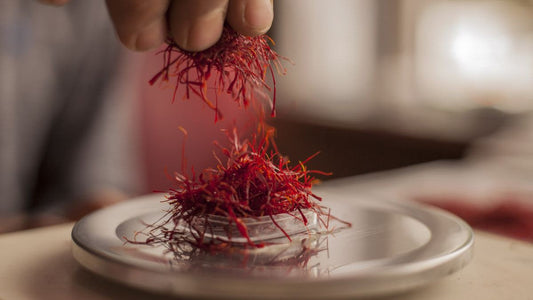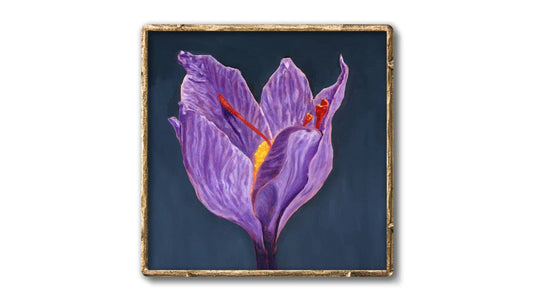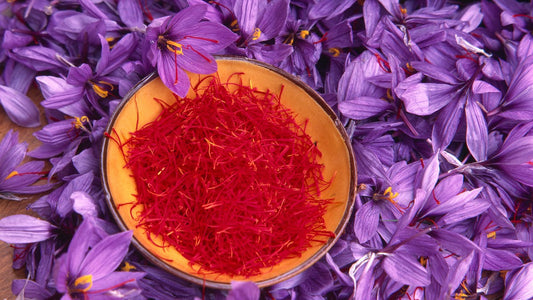
Understanding Saffron Quality Grades: A Complete Guide
Ara OhanianShare
Saffron, often referred to as the "red gold," is one of the most prized spices in the world. Its unique aroma, flavor, and vibrant color make it a culinary treasure, but not all saffron is created equal. Saffron quality grades are an essential factor in determining the purity, potency, and overall value of this luxurious spice. Whether you’re a seasoned chef or a first-time buyer, understanding these grades will help you make an informed decision.
In this blog, we’ll dive deep into the fascinating world of saffron quality grading, explore the classification systems, and provide tips on selecting the best saffron for your needs.
What Are Saffron Quality Grades?
Saffron quality grades are a standardized way to evaluate and classify saffron based on its physical and chemical properties. These grades ensure that consumers receive a product that meets their expectations in terms of taste, aroma, and color intensity. The grading system typically assesses the following key factors:
- Color: Measured by the concentration of crocin, the compound responsible for saffron's vibrant red hue.
- Aroma: Determined by the presence of safranal, which gives saffron its distinct fragrance.
- Flavor: Influenced by the concentration of picrocrocin, which contributes to saffron's unique taste.
- Purity: Based on the absence of foreign matter, such as yellow styles, flower debris, and artificial coloring.
These factors are quantified using laboratory tests, and saffron is then categorized into specific grades according to international standards, such as those set by ISO (International Organization for Standardization).
The International Saffron Grading System
The ISO 3632 standard is the most widely recognized system for assessing saffron quality. According to this standard, saffron is analyzed for its chemical composition, and its quality is ranked into four main categories:
1. Grade I (Highest Quality)
This is the finest saffron available on the market. It contains pure red stigmas with no yellow styles or impurities. It exhibits the highest levels of crocin (for color), safranal (for aroma), and picrocrocin (for flavor).
2. Grade II
Grade II saffron is still of good quality but may include a small percentage of yellow styles or slightly lower concentrations of active compounds compared to Grade I.
3. Grade III
This grade contains a significant proportion of yellow styles and has noticeably lower levels of crocin, safranal, and picrocrocin. It is often used in lower-end culinary applications.
4. Grade IV (Lowest Quality)
Grade IV saffron is the least potent and may include flower debris, impurities, or artificial additives. It is rarely used for high-quality cooking or medicinal purposes.
How to Identify High-Quality Saffron
While ISO grading provides a scientific basis for saffron quality, there are also simple ways to identify premium saffron without lab equipment. Here are some tips:
- Look for deep red stigmas: High-quality saffron consists exclusively of red stigmas without yellow or white parts.
- Check the aroma: Pure saffron has a sweet, earthy fragrance. If it smells musty or chemical-like, it may be adulterated.
- Test the color: Soak a few strands in warm water or milk. Authentic saffron will release a golden-yellow hue gradually, not instantly.
- Beware of price: If the price seems too good to be true, the saffron is likely of inferior quality or fake.
To ensure you are purchasing authentic, top-grade saffron, consider sourcing it from trusted suppliers like PureSaffron’s Persian Pure Saffron.
Factors That Affect Saffron Quality Grades
Saffron’s quality is influenced by several factors, including:
- Origin: Saffron from certain regions, such as Iran, Kashmir, and Spain, is renowned for its superior quality due to ideal growing conditions.
- Harvesting process: Saffron must be hand-picked with extreme care to preserve the delicate stigmas.
- Drying method: Proper drying techniques ensure that saffron retains its potency and flavor.
- Storage: Saffron should be stored in an airtight container away from light, moisture, and heat to maintain its quality.
Why Saffron Quality Grades Matter
Understanding saffron quality grades is crucial for several reasons:
- Culinary use: High-grade saffron yields better flavor and color in dishes.
- Medicinal benefits: Top-quality saffron retains its therapeutic properties, such as antioxidant and anti-inflammatory effects.
- Value for money: Knowing the grade ensures you get what you pay for and avoid counterfeit products.
Common Myths About Saffron Quality
There are many misconceptions about saffron quality. Let’s debunk a few:
-
Myth: All saffron is of the same quality.
Truth: Saffron quality varies widely, and grading systems exist to highlight these differences. -
Myth: Bright red saffron is always the best.
Truth: While red stigmas are a hallmark of high quality, artificial coloring can mimic this appearance in fake saffron. -
Myth: Expensive saffron is always better.
Truth: Price is not always a reliable indicator of quality. Always check the grade and source.
Final Thoughts on Saffron Quality Grades
Saffron quality grades are a vital consideration for anyone looking to purchase this exquisite spice. By understanding the factors that define saffron grades and learning how to identify premium-quality saffron, you can ensure that every strand you buy is worth its weight in gold.
For those seeking the highest-grade saffron, we recommend exploring the offerings at PureSaffron’s Persian Pure Saffron, known for its unparalleled purity and potency.
FAQs About Saffron Quality Grades
1. What is the best saffron grade?
Grade I saffron is the highest quality, featuring pure red stigmas with no impurities and the highest concentrations of crocin, safranal, and picrocrocin.
2. How is saffron graded?
Saffron is graded based on its chemical composition (crocin, safranal, and picrocrocin levels) and purity, according to standards like ISO 3632.
3. Can I determine saffron quality at home?
Yes, you can check saffron quality by testing its aroma, color release in water, and appearance (deep red stigmas without yellow styles).
4. Why is saffron so expensive?
Saffron is labor-intensive to harvest and requires a large quantity of flowers to produce even a small amount of saffron, making it one of the most expensive spices in the world.
5. Where can I buy authentic high-grade saffron?
You can purchase authentic, high-grade saffron from reputable sellers like PureSaffron, which specializes in Persian saffron of exceptional quality.
